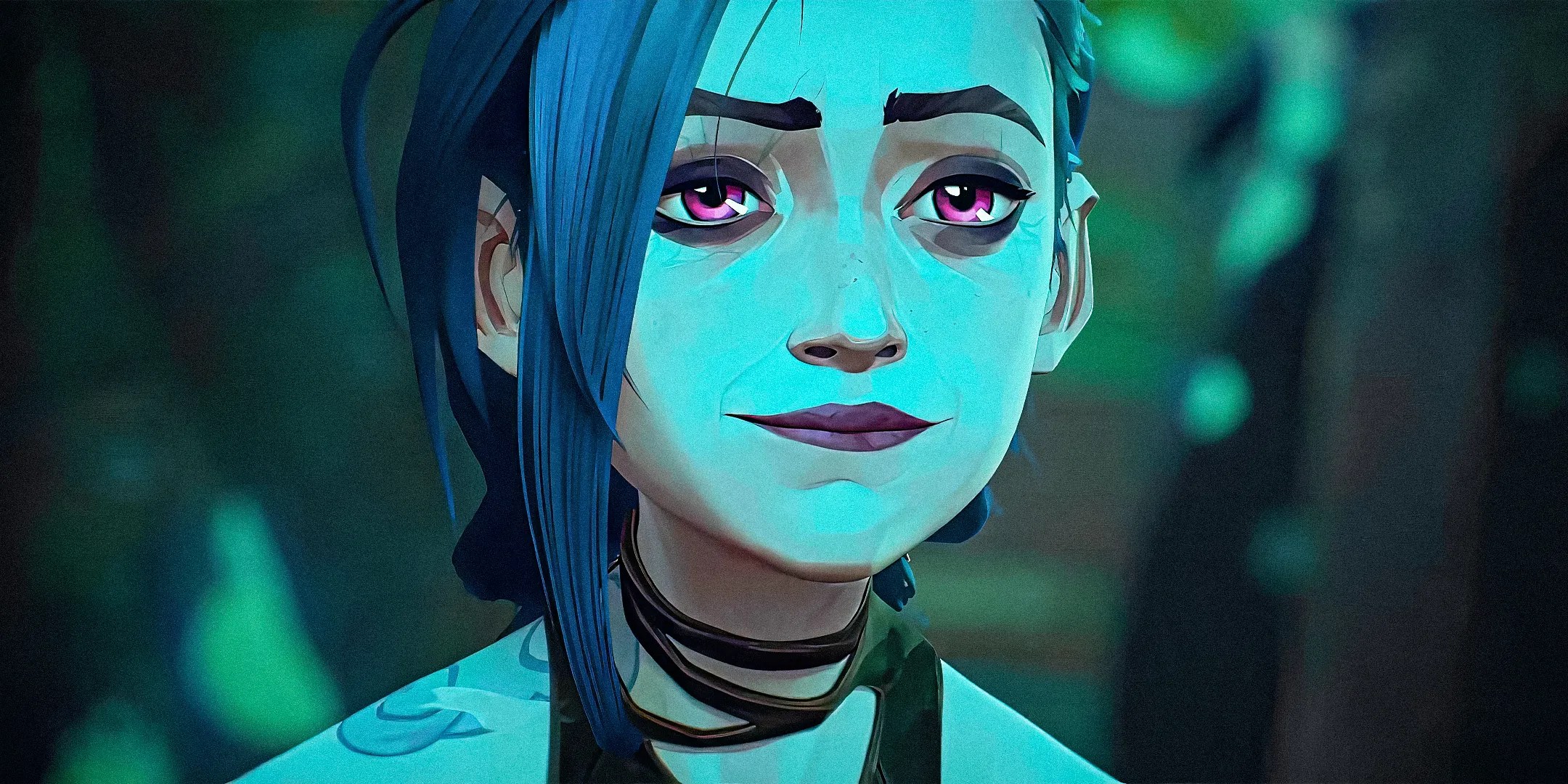The worst Netflix shows fade into the background while you scroll or cook dinner, butArcanerefuses to let that happen. It asks for your focus by making every frame matter. Scroll mindlessly through a scene and I promise you’ll be lost. This is a show that demands your attention.
It doesn’t matter if you’ve never played aLeague of Legendsmatch. As someone who isn’t a fan of the game,Arcanebecame one of myfavorite animated shows of all timeby episode 3. It’s just that good, full stop.

From its first breath to its last,Arcaneholds its audience in a steady grip. It nails every payoff planted from the first episode, and then some. Perfection here isn’t a boast; it’s simply what happens when nothing is left to chance.
Arcane Is An Animated Steampunk Sci-Fi Series Set In The League Of Legends Universe
InArcane, Piltover’s skyline gleams with the promise of invention, but every polished gear hides the cost of keeping it turning. Below, Zaun breathes in fumes and breathes out rebellion. This is theLeague of Legendstimeline and universereimagined—not as Summoner’s Rift, but as a place that remembers every hand that built it.
Arcane’s steampunk sci-fi aesthetic is worldbuilding at its finest. Hextech promises advancement, but its power quickly exposes the greed behind it. Shimmer offers escape for Zaun’s desperate, yet demands a toll few survive. InArcane, science shifts loyalties, fractures families, and hardens the divide between those who rule and those who resist.

Arcane’s bold, differerent animationexpresses the social divide within this sliver of theLoLuniverse. In Piltover, light slices cleanly through glass towers, while in Zaun, it struggles past smoke. It’s a visual moral difference where every beam of light pushes past what the city has decided to ignore.
You don’t need a single match’s worth ofLeagueknowledge to feel it.Arcane’s writers have built upon an extensive, established mythology—deep enough for veterans to trace every thread, but accessible for those who never plan to boot up the Riot launcher on PC.

That’s what makesArcaneone of thebest sci-fi shows on Netflix: its setting is a living, breakable place, and the show never lets you forget who’s holding it together, and at what cost.
Arcane Is The Best Video Game Adaptation Ever Made
Even thebest video game TV adaptationsstumble trying to please two camps: fans fluent in the source and newcomers just arriving. ButArcanesidesteps the trap entirely. It roots itself so deeply in character that the lore becomes tasty seasoning, not a gatekeeper.
ForLeague of Legendsveterans, there’s joy in recognizing champions faithfully reframed in a new medium. For first-time visitors, no orientation is required because the emotional stakes are immediate. That’s whyElla Purnell’s Jinxhits with the same force whether you’ve played the game or never heard her name.

Purnell’s voice work gives Jinx contradictions that never cancel each other out. She’s fragile and dangerous, childlike one breath and merciless the next. That complexity makes her story larger than any nod to her digital origins—it makes her feel singular to this telling.
Arcane’s writing treats adaptation as an act of reimagining, not just replication. The question isn’t“What will players recognize?”but“What makes this character impossible to ignore?”And the answers unfold in arcs that can stand on their own.
It’s whyArcanehas outgrown the“video game adaptation”label entirely, and why we’ve finally entered thegolden age of the video game adaptation. It stands as one of the most accomplished animated dramas in recent memory.
That leap comes from resisting the lure of easy fan service.Arcaneburies its Easter eggs in plain sight, a nod to those who know while keeping the door wide open for those who don’t; a balance few adaptations achieve.
Why Arcane Is A Perfect Sci-Fi Series From Beginning To End
Arcane’s perfection lies in how its story unfolds with relentless precision, each episode a carefully measured step in an intricate dance. The series trusts viewers to hold multiple character threads in tension without ever sacrificing clarity or emotional connection. This narrative discipline lets the show explore sci-fi’s grand ideas through intimate human experience.
At its core,Arcanewrestles with transformation—of people and places—in ways that feel urgent and inevitable. The sci-fi setting amplifies this tension, where advances in war technology, likeThe Gray, hold deeper, profound meanings. The resulting collisions are neither heroic nor villainous but tragic and raw, making every triumph and failure resonate with real-world weight.
The emotional currents inArcanerun deep and unpredictable. Trauma, hope, and identity intertwine, often in painful patterns that refuse easy resolution, particularly in thedeft handling of Jinx’s mental illness. This commitment to complexity means the series never challenges viewers to reckon with the consequences of ambition and survival in a fractured society.
Visual storytelling also plays a vital role in this perfection.Arcane’s animation embodies themes through color, light, and movement, where scenes unfold with cinematic precision, making every gesture and shadow carry meaning. This synergy, between form and content, not to mentionArcane’schoreographed soundtrack, is exactly what elevates the show beyond conventional sci-fi to something more immersive and affecting.
Arcane’s flawless narrative arc is a rare achievement because it balances spectacle with introspection, pacing with patience. It demands attention through nuanced storytelling, holding space for both wonder and reflection. The result is a sci-fi series that feels complete, resonant, and utterly impossible to skip.